Retirement Contribution Limits for 2023
The Internal Revenue Service (IRS) has released new limits for certain retirement accounts for the coming year. After months of high inflation and financial uncertainty, some of these cost-of-living-based adjustments have reached near-record levels.
Keep in mind that this update is for informational purposes only, so please consult with an accounting or tax professional before making any changes to your 2023 tax strategy.
Individual Retirement Accounts (IRAs)
Traditional IRA contribution limits are up $500 in 2023 to $6,500. Catch-up contributions for those over age 50 remain at $1,000, bringing the total limit to $7,500.
Remember, once you reach age 72, you must begin taking required minimum distributions from a Traditional IRA in most circumstances. Withdrawals are taxed as ordinary income and, if taken before age 59½, may be subject to a 10% federal income tax penalty.
Roth IRAs
The income phase-out range for Roth IRA contributions increases to $138,000-$153,000 for single filers and heads of household, a $9,000 increase. For married couples filing jointly, phase-out will be $218,000 to $228,000, a $14,000 increase. Married individuals filing separately see their phase-out range remain at $0-10,000.
To qualify for the tax-free and penalty-free withdrawal of earnings, Roth 401(k) distributions must meet a five-year holding requirement and occur after age 59½. Tax-free and penalty-free withdrawal can also be taken under certain other circumstances, such as the owner's death.
Workplace Retirement Accounts
Those with 401(k), 403(b), 457 plans, and similar accounts will see a $2,000 increase for 2023, the limit rising to $22,500. Those aged 50 and older will now have the ability to contribute an extra $7,500, bringing their total limit to $30,000.
Once you reach age 72 you must begin taking required minimum distributions from your 401(k) or other defined-contribution plans in most circumstances. Withdrawals are taxed as ordinary income and, if taken before age 59½, may be subject to a 10% federal income tax penalty.
SIMPLE Accounts
A $1,500 increase in limits for 2023 gives individuals contributing to this incentive match plan a $15,500 stop light.
Much like a traditional IRA, once you reach age 72, you must begin taking required minimum distributions from a SIMPLE account in most circumstances. Withdrawals are taxed as ordinary income and, if taken before age 59½, may be subject to a 10% federal income tax penalty.
As a reminder, this article is for informational purposes only. Consult with an accounting or tax professional before making any changes to your 2023 tax strategy.
The content is developed from sources believed to be providing accurate information. The information in this material is not intended as tax or legal advice. It may not be used for the purpose of avoiding any federal tax penalties. Please consult legal or tax professionals for specific information regarding your individual situation. This material was developed and produced by FMG Suite to provide information on a topic that may be of interest. FMG, LLC, is not affiliated with the named broker-dealer, state- or SEC-registered investment advisory firm. The opinions expressed and material provided are for general information, and should not be considered a solicitation for the purchase or sale of any security. Copyright FMG Suite.
Investment Advisory services offered through Moonstone Asset Management, Inc. a registered investment adviser
Risk Disclosure: Investing involves risk including the potential loss of principal. No investment strategy can guarantee a profit or protect against loss in periods of declining values. Past performance does not guarantee future results.
This material is for information purposes only and is not intended as an offer or solicitation with respect to the purchase or sale of any security. The content is developed from sources believed to be providing accurate information; no warranty, expressed or implied, is made regarding accuracy, adequacy, completeness, legality, reliability or usefulness of any information. Consult your financial professional before making any investment decision. For illustrative use only.

